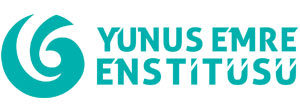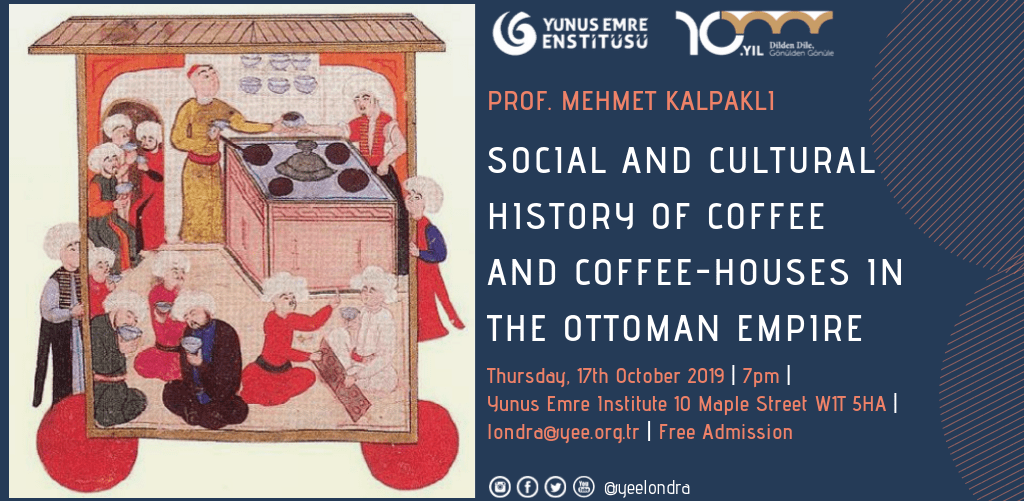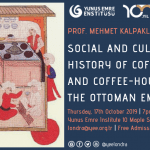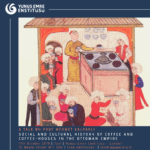A Talk by Prof Mehmet Kalpaklı
Although coffee was being consumed in the Ottoman Empire in the earlier times, it was not until 1544, that coffee began to be served and sold at a dedicated location: two Arab entrepreneurs in Tahtakale opened two coffee-houses along the shore in an area famed for its taverns, and here they started selling coffee instead of wine… In a short time, the coffeehouse had become a place of entertainment in Istanbul. Coffee-houses were spaces where people gathered for non-religious purposes to spend time; such games as backgammon, chess were played—but the coffeehouse was primarily a place for conversation. Books and poems were read aloud as well. Coffee not only spread across the empire, but was also taken to Europe by merchants. The coffeehouses that opened in Venice, Paris, London, and Vienna were all modelled on those in Istanbul.
Date: Thursday 17 October 2019
Time: 7 – 8:30 pm
Venue: Yunus Emre Institute in London
10 Maple Street London, W1T 5HA
Mehmet Kalpaklı (Professor of Ottoman History) is the Chair of both the Department of History and the Department of Turkish Literature at Bilkent University. He also serves as the Director of the Halil Inalcik Center for Ottoman Studies and the Director of the Center for Turkish Literature. His specialization is in cultural and literary history of the Ottoman Empire. Some of his publications are: The Age of Beloveds: Love and The Beloved in Early Modern Ottoman Turkish and European Literature, Culture, and Society(with Walter G. Andrews), Duke University Press, USA 2005; Ottoman Lyric Poetry: An Anthology, (with Walter Andrews and Najaat Black), The University of Texas Press, 1997.



